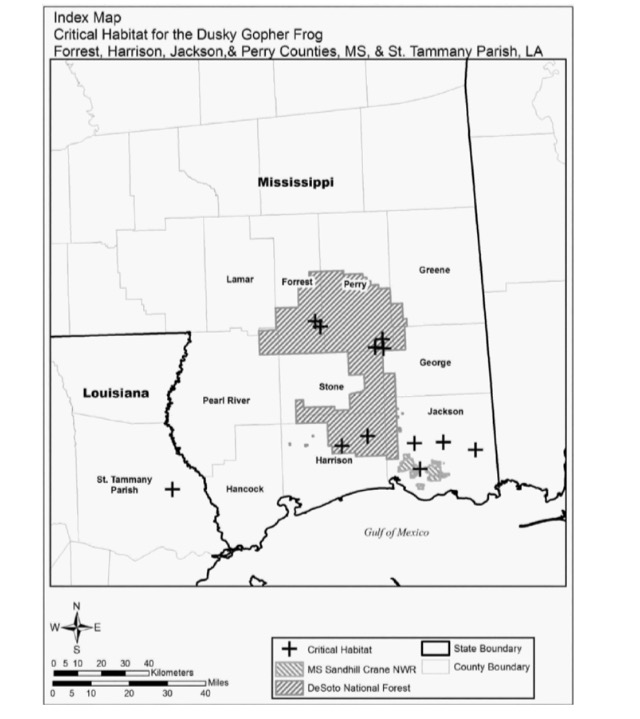High Court agrees to hear landmark Endangered Species Act case
Earlier this week, the U.S. Supreme Court announced it will hear a challenge to a bureaucratic abuse of the Endangered Species Act that threatens landowners nationwide. Our clients, Ed Poitevent and his family, along with related business interests Markle Interests, LLC, P&F Lumber Company 2000, LLC, and PF Monroe Properties, LLC, own the vast majority of the property subject to the abuse.
Five years ago, federal regulators set aside over 1,500 acres in Louisiana owned for the most part exclusively by our clients as protected habitat for the dusky gopher frog—a species that has not been seen in the state for more than 50 years. The regulators set aside property in Mississippi where the frog existed or could reasonably survive as critical habitat, but then added the 1,500 acres in Louisiana that included our clients’ property.
Once they declared this private property critical habitat, the government foreclosed our Louisiana clients from adapting their use of their property to changing times without securing a permit from the Fish & Wildlife Service before doing so. This was classic government overreach, since the frog does not live on the 1,500 acres in Louisiana and could not survive on the land without substantial change to it, changes that the landowners have no intention of making. They say a picture is worth a thousand words. This map helps make that case:

To the far left, a state line and then some away from the gopher frog’s actual home, the agency has deemed our clients’ private property to be gopher frog “critical habitat.” The map reflects that critical habitat by way of the + sign. Then, in the middle—far to the east of our clients’ property—the map reflects mostly federal land set aside as critical habitat for the frog, also identified via the + signs. Since the frog lives in Mississippi, those habitat designations make sense under the Endangered Species Act.
The one now front and center before the Supreme Court—in Louisiana, on our clients’ property—does not.
But even if the frog could hop the miles and miles of distance between his home and our clients’ property, he would not survive long after he arrived. The Fish & Wildlife Service identified three “primary constituent elements” (PCEs), which are defined by regulation as “the principal biological or physical constituent elements [within a defined area] that are essential to the conservation of the species.” And guess what? Our clients’ property at best only possesses one of those “essential” characteristics.
If two of the three essential conditions for the frog to survive are not present, then the frog cannot survive in this purported “critical habitat.” But that does not matter to the government; it insists the property could be substantially modified to create the other two essential characteristics. Perhaps that would be the government’s decision to make if it owned our clients’ property, but it doesn’t. Our clients do. And they have no interest in modifying their private property for a frog that lives in another state and has not been seen in Louisiana for decades.
If you believe in private property rights, then you believe that the U.S. Fish & Wildlife Service went too far when it declared our clients’ property critical habitat under the Endangered Species Act. We look forward to briefing the case on the merits and then heading to D.C. where oral argument will take place in the fall.


